Press Release
1080 baiting ramps up in bushfire impacted areas of NSW
10 January 2020: Plans to increase poison baiting programs in National Parks and local reserves on the borders of bushfire-affected areas have left the community outraged, sparking calls for a Statewide moratorium on any ongoing, upcoming or planned 1080 baiting programs.
Amidst the most catastrophic bushfires in recent memory, plans hatched by Australian authorities to drop extra toxic baits in or around fire-impacted areas have been condemned by a national network of concerned animal organisations and shocked community groups, who say it’s adding fuel to an already disastrous situation.
A billion wild animals, maybe many more, have already perished in these devastating bushfires. Thousands of farmed animals have suffered a similarly horrific fate. We’ve seen our fellow Aussies camped out on beaches, some setting sail into the water to escape the flames. The scale of the disaster is unlike anything most of us have ever seen.
We want survivors of these fires to be protected. But we don’t think it’s responsible, safe or effective to add extra poison-laced baits that nearly no other nation permits past its borders, let alone in its fragile bushland, to the mix.
We’re staring down the barrel of an ecological catastrophe: we don’t need to make it a chemical one as well.
Alex Vince, Coalition campaign director.
When asked whether the group believes that the damage wrought by the ongoing fires warrants the application of poisons in an attempt to chemically protect surviving native mammals, Mr. Vince extends dismay mixed with frustration at the suggestion:
We’re not out of the woods yet. We might be far from it. It could be a lot longer before these fires are finally extinguished.
Plans to put poison in the escape routes of survivors is a truly wicked thing to do. We don’t need band-aid solutions here. We need proactive leadership. Heaven knows, we’ve been abandoned during these bushfires once before.
A central database or public access point for the community to become aware of where baits are laid and where these sites intersect with bushfire impacted areas does not currently exist.
Recently published notices in local NSW newspapers alerted several supporters of the Coalition to ongoing and extra 1080 baiting by their Council. These sites were pinpointed using the Council’s own online mapping tool and cross-referenced with up-to-date RFS bushfire data. The exercise revealed that many sites intersected with ongoing bushfires or directly bordered areas of significant concern. Many adjacent escape routes contain known habitats of native animals known to be susceptible to 1080 poisoning.
We’ve received a lot of shock from the community about what these maps have revealed. We’ve had to explain the process to some understandably outraged locals, many of whom say that they weren’t warned of the baiting at all.
At the moment, we are the only source that the community can rely on to become aware of what’s going on in their own neighbourhood. It’s not good enough. And this is one small section of NSW. It’d take an army of volunteers to map out areas the way we did.
There’s no doubt that it’s happening elsewhere, or that it’s only going to get worse if we let them keep getting away with it.
1080 poison has been outlawed in many nations based on the litany of deficiencies and dangers inherent in its application.
Though proponents of 1080 poison claim that it represents current best-practice in unwanted wild animal management, the Coalition maintains that the ends do not justify the means. Many of the myths advocates propound relate to native Australian animal resistance to the toxin. Some pea-producing plant species exhibit evolutionary defence strategies developed against herbivory (i.e., the consumption of their leaves or peas by herbivores). But Australian animals vary significantly in their sensitivity to 1080; none have developed a true or innate “immunity” or resistance to it. For example, many of the plants are contained to one corner of Western Australia, meaning that many native mammals it claims to protect are at risk of ingesting laced-baits and dying as a result. To make matters worse, the toxin continues down throughout the food chain, killing scavengers who prey upon the first or second victim. There is no antidote.
Please, don’t let those who manage to make it out of the fires alive die trying to survive.
Quolls have been shown to take baits and die horrible deaths. The data we collated and cross-referenced with areas affected by these bushfires shows that bait sites border their known habitat.
Ask your local Council about any ongoing, upcoming or planned 1080 baiting programs. Schedule a meeting. Get in touch with us if you’d like to support our work. Because no animal deserves the death that 1080 deals. No survivor of these fires deserves to die because we couldn’t be bothered removing baits on burnt-out bushland or in any areas directly adjacent to it.
The Coalition is calling on NSW Councils and the National Parks and Wildlife Service to issue an urgent moratorium on 1080 baiting in all impacted areas.
A petition circulated by the Coalition currently currently contains close to 1,000 signatures.
Update
The petition currently has over 19,000 signatures. You can still add your name here.

